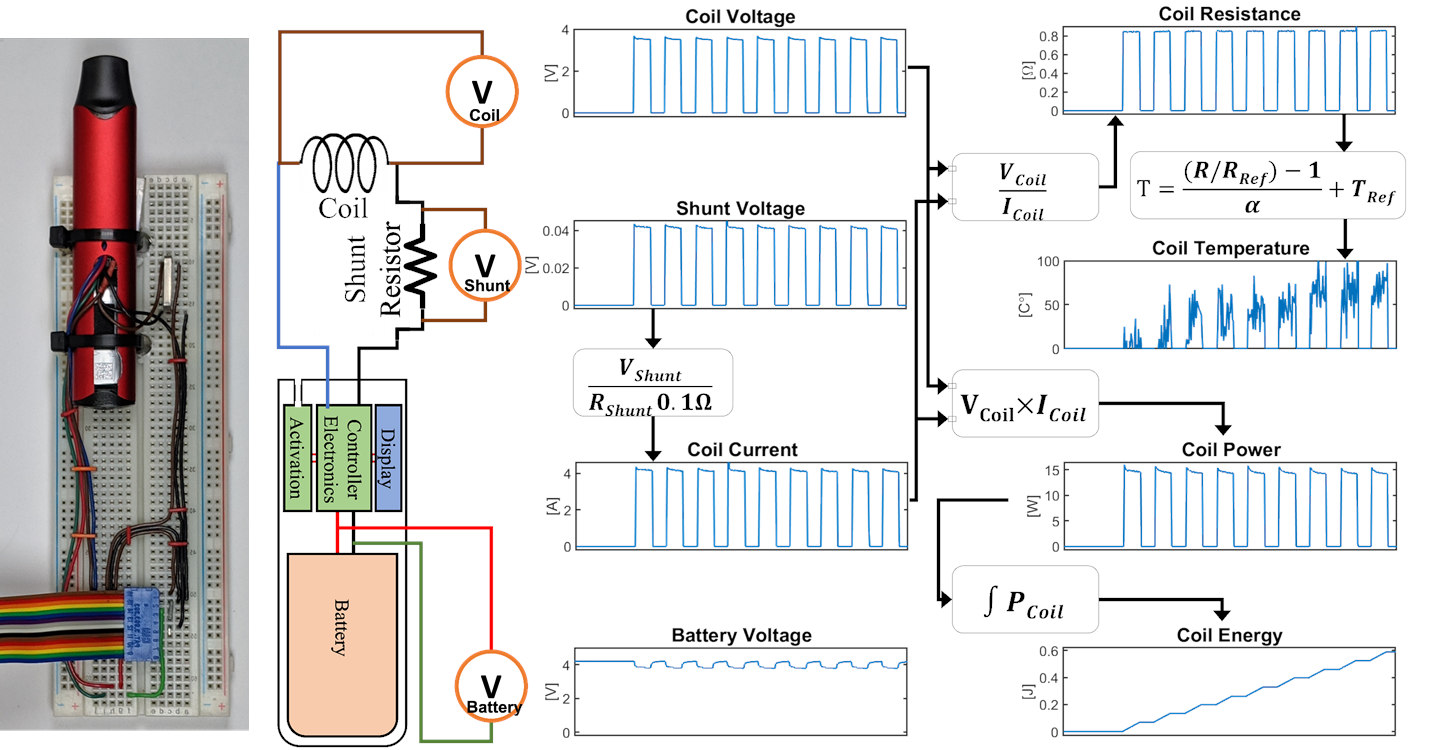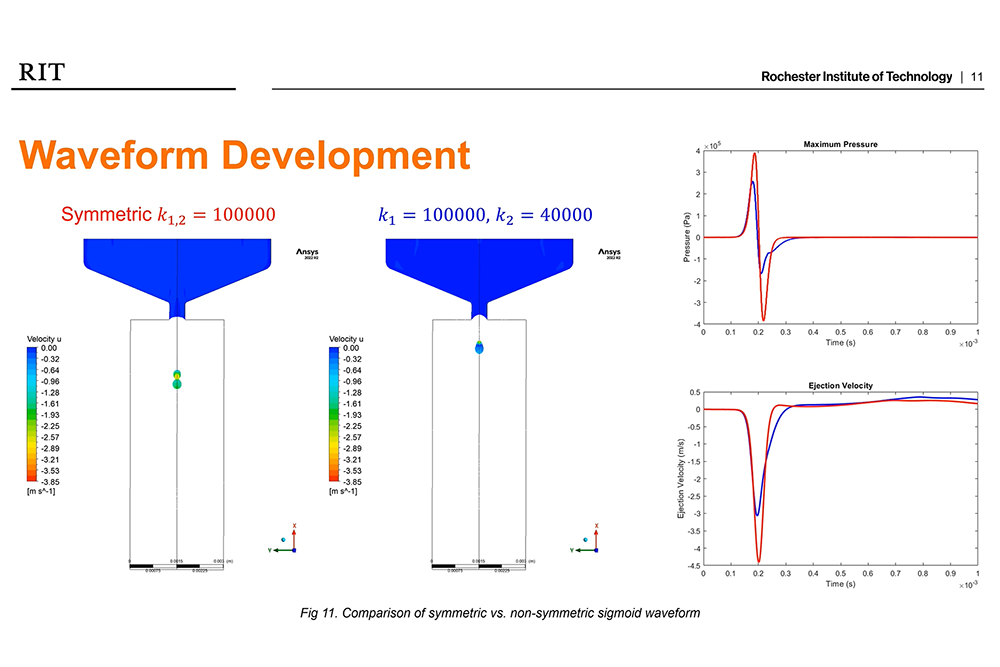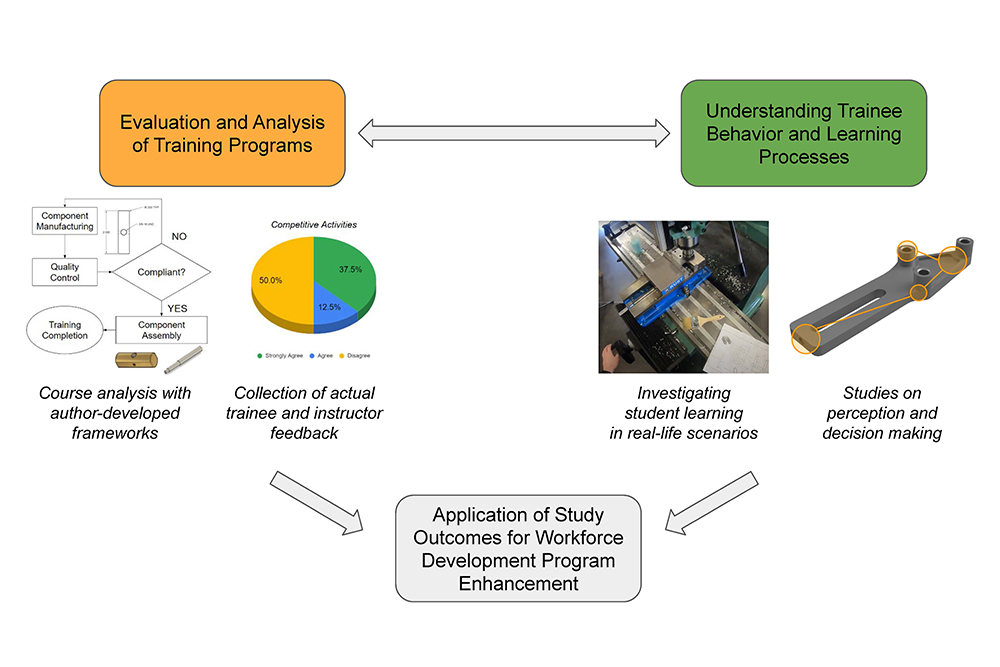Biomimetic Aerosol Exposure System for in vitro Human Airway Exposure Studies
Tobacco use remains the number one cause of preventable death in the United States, disproportionately affecting residents of rural areas, people who are financially disadvantaged, and adults who identify as gay, lesbian, or bisexual. The impact that electronic cigarettes will have on public health is not yet fully understood. Combinations of electronic cigarette products, human airway geometries, and user behaviors create barriers to understanding products’ interaction with the human airway and their health effects.

Tobacco use remains the number one cause of preventable death in the United States, disproportionately affecting residents of rural areas, people who are financially disadvantaged, and adults who identify as gay, lesbian, or bisexual. The impact that electronic cigarettes will have on public health is not yet fully understood. Combinations of electronic cigarette products, human airway geometries, and user behaviors create barriers to understanding products’ interaction with the human airway and their health effects. Current in vitro emissions systems lack biomimicry, use unrealistic flow conditions, produce unrealistic aerosol dose, and provide inaccurate bio-mechanical cues to cell cultures, limiting ability to correlate in vitro outcomes with in vivo health effects.
A Biomimetic Aerosol Exposure System, which includes an electronic cigarette adapter, an Oral Cavity Module, and a Bifurcated Exposure Chamber, was designed and manufactured. Mass distribution, flow rate, and cell viability were studied as a function of puffing and respiration topography and system location. Accuracy of flow rate throughout the system was within 5% of programmed flow rate. Mass deposition was significantly different between the Puff Only condition and topography profiles that include ambient air breathing cycles between puffs. Proof of concept cell culture in the system was performed with 3T3 fibroblasts cultured in the Bifurcated Exposure Chamber.
The Biomimetic Aerosol Exposure System was developed to increase biomimicry at three levels: the systems level, the macroscale level, and the cellular level. BAES achieves biomimicry at the systems level with the ability to perform puffing and ambient air inhalation between puffs, mimicking how a human uses an electronic cigarette. At the macroscopic level, the flow path to emissions/characterization and biological exposure subsystems utilize geometries that mimic the human airway, including surface topographies, turns, and a bifurcation. At the cellular level, the free stream angle of aerosol induces wall shear stress on cells, mimicking physiological conditions. This system may broaden the utility of an emissions system to generate physiologically relevant in vitro models to exposure to inhaled aerosols.













